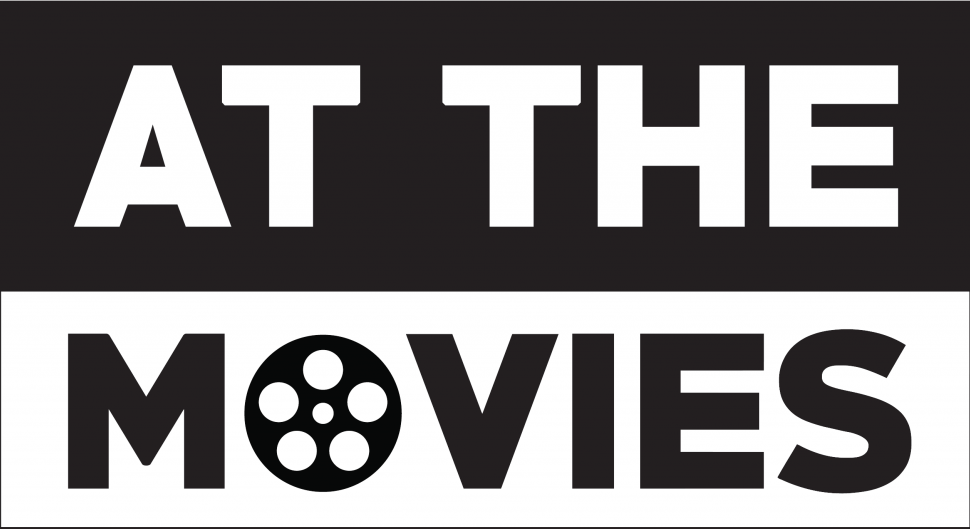 During a 2012 pre-season football party in Steubenville, Ohio, a young girl’s life changed forever. The aftermath of the situation shows the true perspective of this community. We see the elements of hyper-masculinity, social media, peer pressure, denial, and male ego in the sports arena. Nancy Schwartzman directs Roll Red Roll, which is a film that captures the stages of a rape in this community and further explores more of what happened after the rape of the young girl.
During a 2012 pre-season football party in Steubenville, Ohio, a young girl’s life changed forever. The aftermath of the situation shows the true perspective of this community. We see the elements of hyper-masculinity, social media, peer pressure, denial, and male ego in the sports arena. Nancy Schwartzman directs Roll Red Roll, which is a film that captures the stages of a rape in this community and further explores more of what happened after the rape of the young girl.
A lot of the community sides with the male being a victim. The attention gets put off the girl and she get seen more as a suspect. This stereotype on rape victims has been happening for so long. With the place of social media, this is started to change. Why do you think socially raped female victims are look at as suspects more than victims? “For so long they were always on trial. It was about what she was wearing, what she remembered, and who she was. This was the way it was for so long because it was primarily men and law enforcement in the legal profession.” This was the before thought and stereotype of a female victim. This change evolved into seeing the rape victim as a victim and not a suspect. She is not very much blamed for what she was wearing or her name. “This was the way it was for so long because it was primarily men and law enforcement in the legal profession. A few things have changed. We are deal with an understanding of a wide and broad spectrum of violence against women. Women are not making it up. We need to be looking at the young men and perpetrator. This is who needs to be investigated. This is what happened in Steubenville. There were eye witnesses who were called to testified. It is time to shift the focus off the victim. There is a larger culture that enables the behavior. We need to look at the behavior for those who enacted. This is happened, and it is a newer conversation. We start to understand this is how we happened. These are the ring leaders and the ones who protected them. These are the people who get them out of trouble. This is what we saw in the film.”
This allowed Schwartzman to see and learn different aspects in the investigation. As a director on this film, she stepped out of the normal view of a bystander. What did you learn about this investigation? “As we drove deeper into the case, I learned the community and town. The type of culture everyone was in. It was being very protective of the status quo and of the young men. I learned more information from the general’s office about the investigation and evidence. We saw this was a pattern behavior. It was not the first time.” What scenes did you want to pick to showcase the importance of this event? “We wanted to tell a compelling story and understand how this crime could happen. This is how we chose the scene. We wanted to reveal details of the night and crime. Also, set you into the town.” This is an event that changed the community. People in this community picked different sides and we saw a division between residents. A conversation started to form, and people saw people for who they truly were.





